
It wouldn't be bit-tech if we didn't take it apart
Inside there is really plenty of space available – the heatsinks aren't that large; certainly nowhere near the size of the ones used in the VX550W. Seasonic also advertises the unit as having "Conductive Polymer Aluminium Solid Capacitors: Advanced ultra-low resistance, high temperature capacitors on the critical 12V rail."Out of every capacitor inside we found just one.
Even then it's nestled between two other standard electrolytic capacitors and the mass of cabling that extrudes out the back of the PSU – it's not really a temperature sensitive position when compared to being put between the lines of heatsinks. This is a little cheeky on Seasonic's part – technically it's not wrong, but it's like saying you can speak Spanish when in fact you took a holiday to Barcelona just the once.
The AC power input wires get some ripple protection being wrapped in a ferrite core, but there's nothing else specifically added around the MOSFETs or output cables to add to the quality of power delivery, however for a lost cost, mid-to-low power device it's not unexpected. The unit could actually be about an inch smaller too – the PCB is quite far from the end, although Seasonic would have to use a smaller fan.
Talking about the fan; Seasonic uses an ADDA AD1212MB-A71GL which is rated at 3.96W, 2,050RPM, 80.5CFM at 38dBA when pushed to full speed. In reality though, Seasonic runs it at a fraction of this speed because 38dBA is considerably noisy. It's actually almost identical to what Corsair uses, however Corsair preferred to go for a slightly more powerful ball bearing AD1212HB model, which is rated to 4.44W, 2,200RPM and 85.2CFM at 39.1dBA instead.
It even includes the plastic fan cover like CWT employs on some of its mainstream products, which redirects the airflow, however we believe Seasonic has done its one better. It covers far less of the fan and is more flexible, so doesn't restrict as much of the airflow.
Interestingly the PCB is also rated as a 400W A5 revision, however it also says that the 400-500W use the same PCB at the bottom of the board. Whether this means the components are different between the 400W and 500W models, or the 500W model is simply an "overclocked" 400W, we are unsure. (Addendum 25th June 2008: Seasonic contacted us to clarify this: "We often design power supplies in “power groupings” meaning one PCB will be used for a range of power outputs (300 ~ 500 watts @ 200~240VAC). This is to increase efficiency and reduce complexity in our factory. There is no “overclocking” of the PSU but rather different ratings of components are populated onto the PCB such as larger or higher grade transformers, capacitors, transistors, etc.")

MSI MPG Velox 100R Chassis Review
October 14 2021 | 15:04

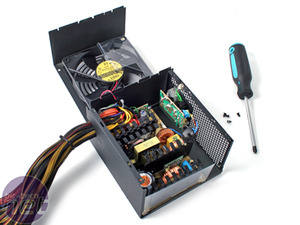
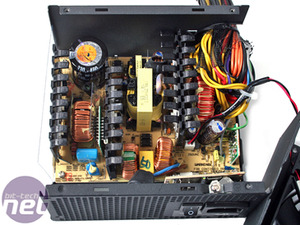
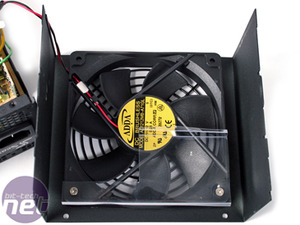
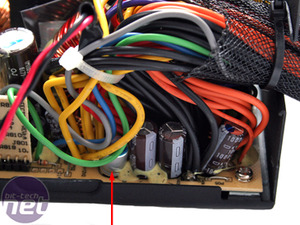
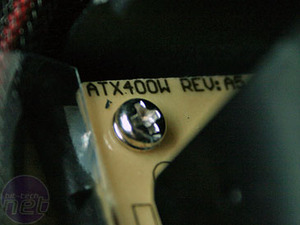
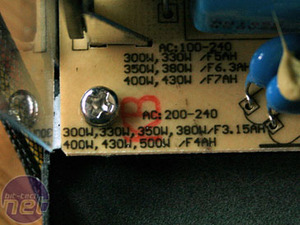







Want to comment? Please log in.